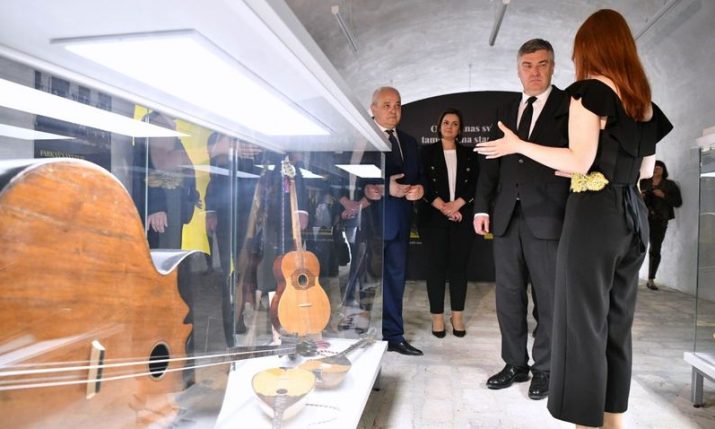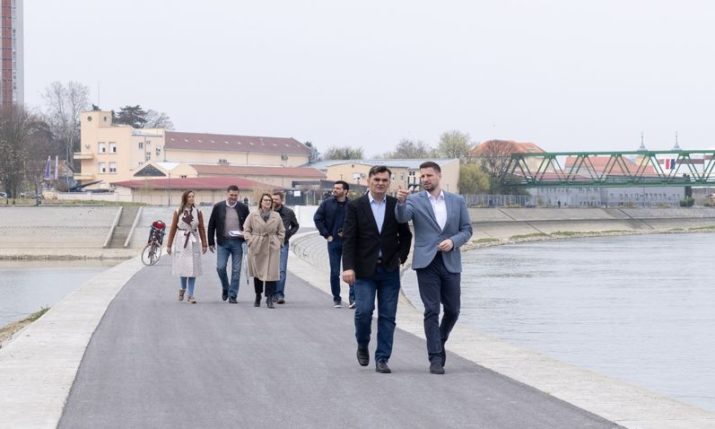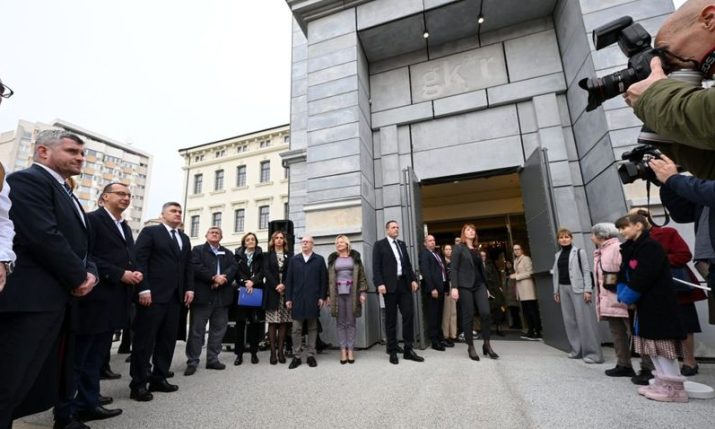Interview with Croatia’s Health Minister Vili Beros
- by croatiaweek
- in News

Minister Vili Beros (Photo credit: HINA/ Daniel KASAP)
ZAGREB, April 2 (Hina) – Health Minister Vili Beros said on Thursday that the health authorities were evaluating the situation from day to day and that figures about COVID-19 infections were sometimes better and sometimes worse, however, the epidemiological picture in Croatia “is still satisfactory”.
The curve showing the number of newly infected Croatians “is still linear” which gives rise to optimism, the minister said in an interview with the N1 commercial broadcaster, however, he called on the Croatians to not relax and to continue respecting the containment rules.
The national COVID-19 crisis management team reported on Wednesday afternoon that in the last 24 hours there had been 96 new cases of infection with the coronavirus, bringing their total to 963. In the last 72 hours, there have been no new coronavirus-related deaths in the country, and the infection has so far claimed six lives. Seventy-three patients have recovered, and 34 patients are currently on ventilators. Since the outbreak of the crisis in late February, 7,680 samples have been tested, and 665 tests have been performed in the past 24 hours. This shows that 12.52 percent of those tested have been positive to COVID-19.
Minister Beros called for caution also during Easter and advised Croatians abroad against coming back to the homeland during the holiday, underscoring that “travelling is not a good choice currently”.
Asked by N1 why so many restrictions have been imposed due to coronaviorus, having in mind that for example, this season influenza took dozens of lives in Croatia, Beros answered that the flu was an infectious illness known for decades, and populations had developed immunity to that diseases, and there were also vaccines against it. The situation with coronavirus is different, he said.
“This is the reason for measures, all those unknown elements and a significant fatality rate (justify them),” Beros said adding that the examples of Italy and America and a high number of people who could not be provided with adequate health protection corroborated the reasons for the measures taken to curb COVID-19.
According to figures provided to Hina by the Croatian Institute for Public Health on 30 January this year, the number of Croatians infected by the flu until 27 January stood at 28,644, and until then, 45 influenza-related deaths had been reported. Of those fatalities, 25 persons were in the age cohort above 65 with underlying health conditions. According to those figures released in late January, the youngest victim of influenza in Croatia during this season of the flu was a seven-year-old child and the oldest victim was 96 years old.
As for the spread of COVID-19, Beros told the N1 broadcaster today that currently there were no accurate estimates of a proportion of the population exposed to the virus, including those who have been hospitalised, those with mild symptoms and also asymptomatic cases.
The minister said that data on seroprevalence would be necessary for answers to the question whether this novel coronavirus would retain in the population or whether it would disappear such as SARS and MERS.









